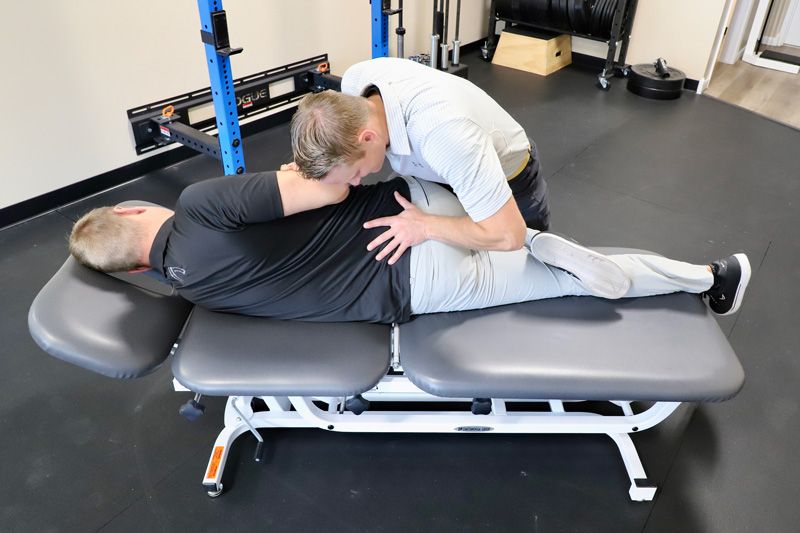Dr. Keith Sparks, DC
Since opening ICT Muscle & Joint Clinic in 2016, Dr. Keith Sparks’ perspective surrounding health has evolved. Here are some of his thoughts regarding healthcare follies and what ICT Muscle & Joint Clinic is working toward addressing. This is not a normal biography. However, it is an honest reflection with an opportunity to hopefully understand the person sitting across the table from you - who is this person and what hill does he stand on?
Dr. Sparks’ Healthcare, Treatment, and Business Philosophy
Specialization is great and needed within healthcare; however, as a result, greater appreciation for pain has become worse and results of outcomes have followed.1 2 3 “Specifically, nearly half of American medical schools allow their students to graduate without having had any formal training — clinical or basic science — in musculoskeletal medicine.”4 “Many current studies have shown that recently graduated medical students and residents lack the clinical knowledge and confidence necessary to care for patients with MSK injuries.”5 This might seem trivial considering these last two studies are only in reference to musculoskeletal (MSK) conditions; however, 70% of primary care doctor related visits are MSK conditions. From this, we can extrapolate the primary healthcare provider treating MSK conditions understands very little concerning MSK and has little to no formal training with treating MSK conditions. Due to the collective problem with lack of training in medical school and the confidence with treating musculoskeletal conditions, we have built our website to help educate our local community of Wichita, and anyone who may stumble onto our website, in understanding pain and how we are working toward breaking the mold. In essence, this is our attempt in giving back to the people.


